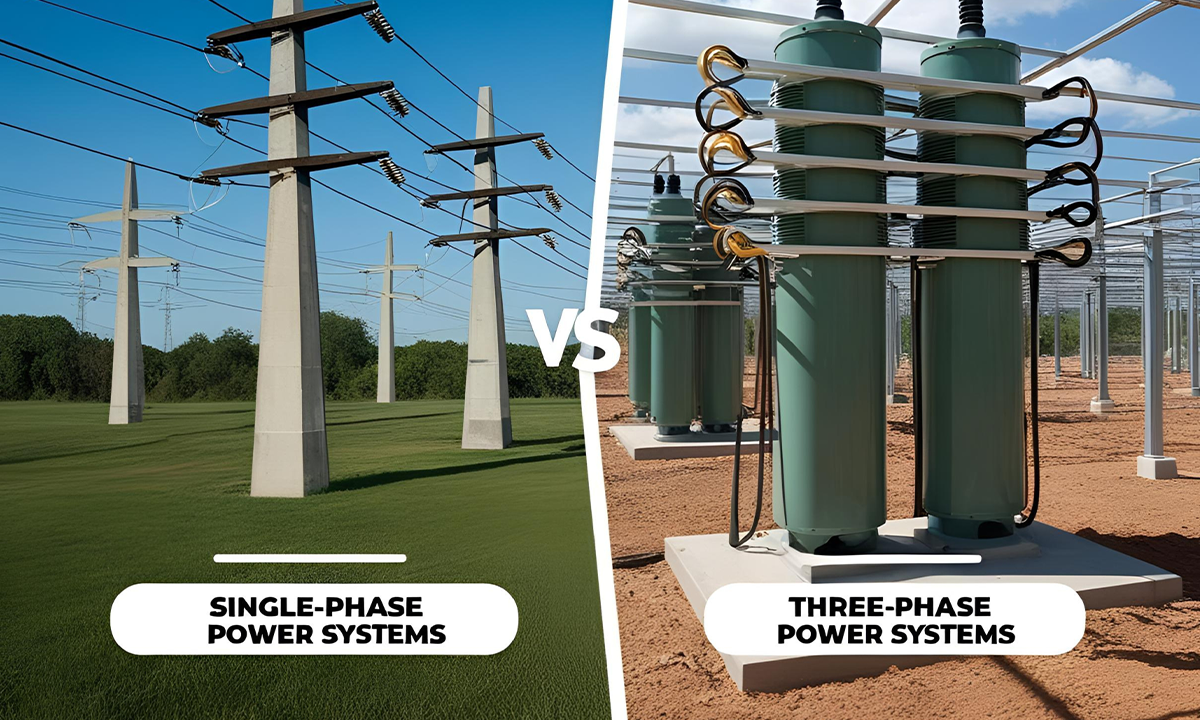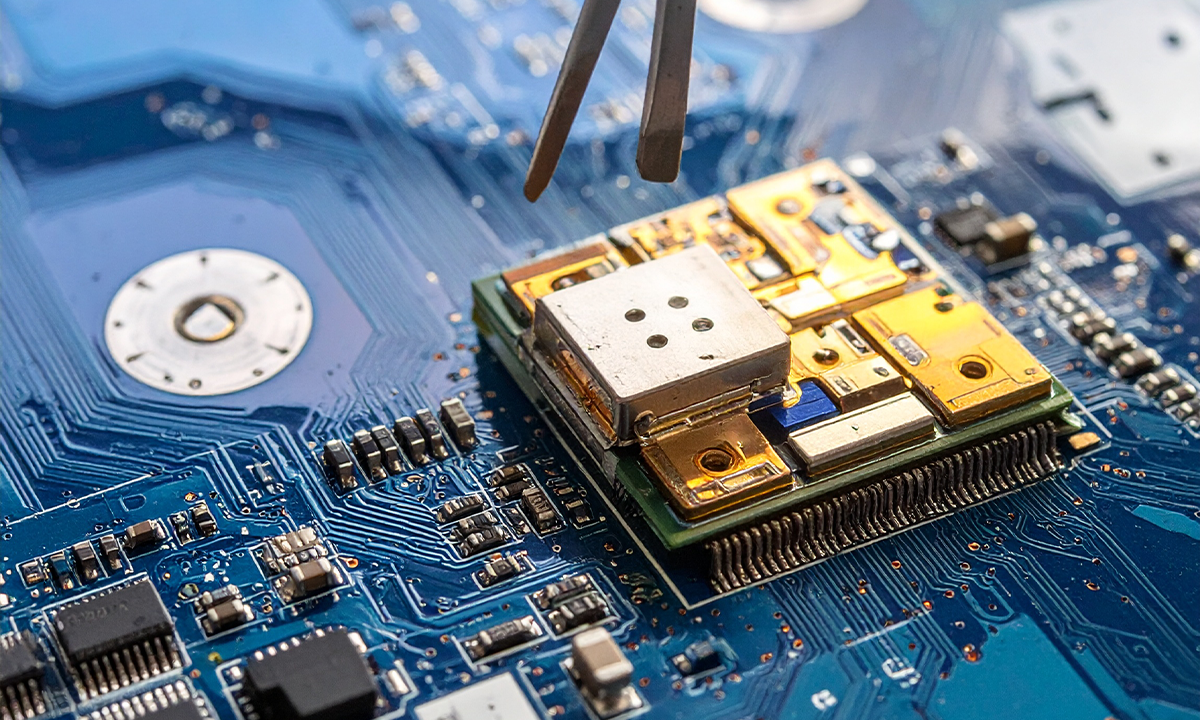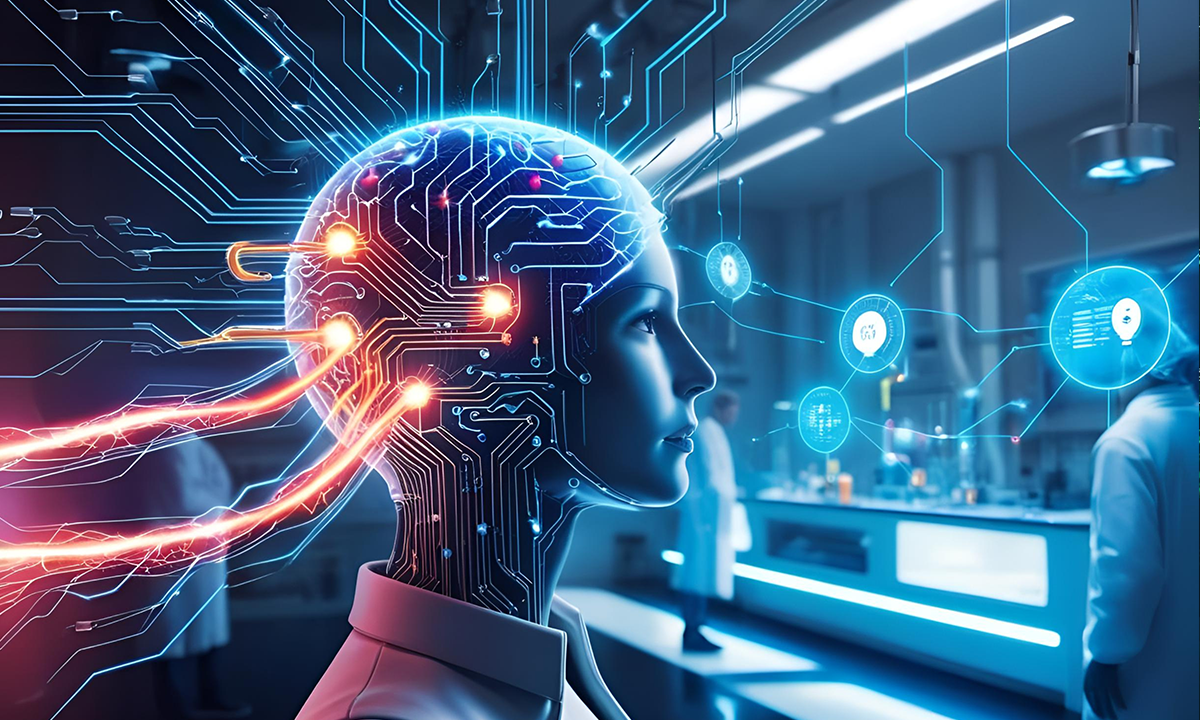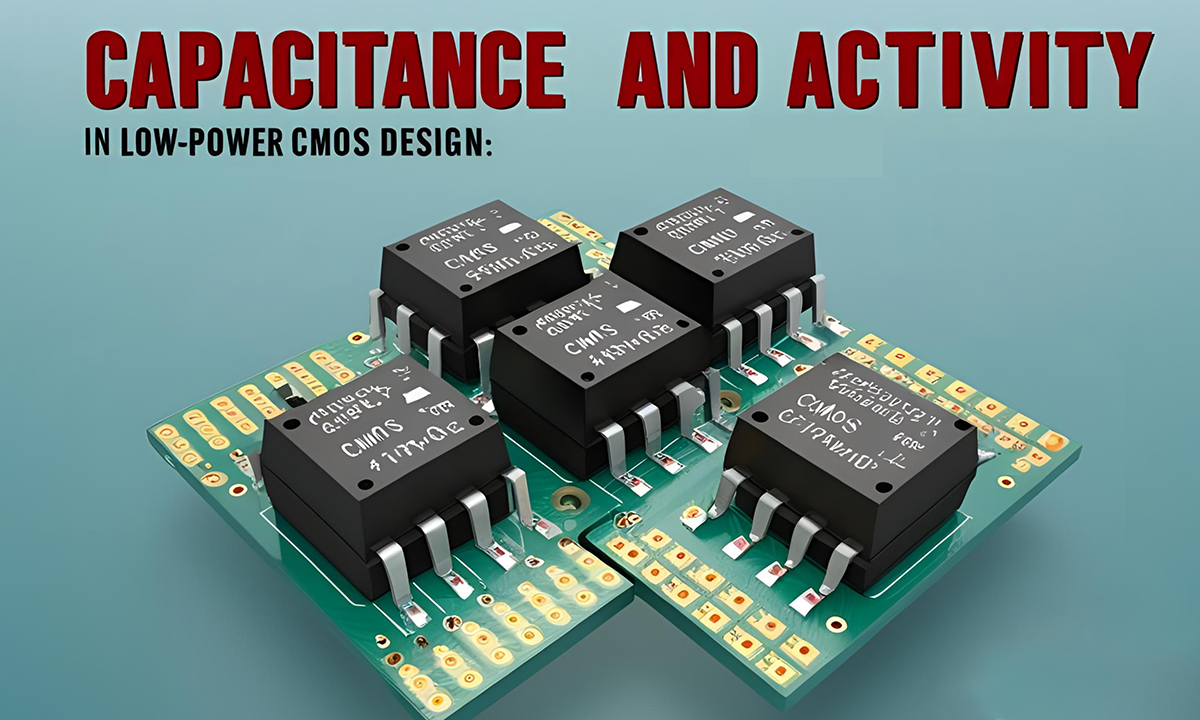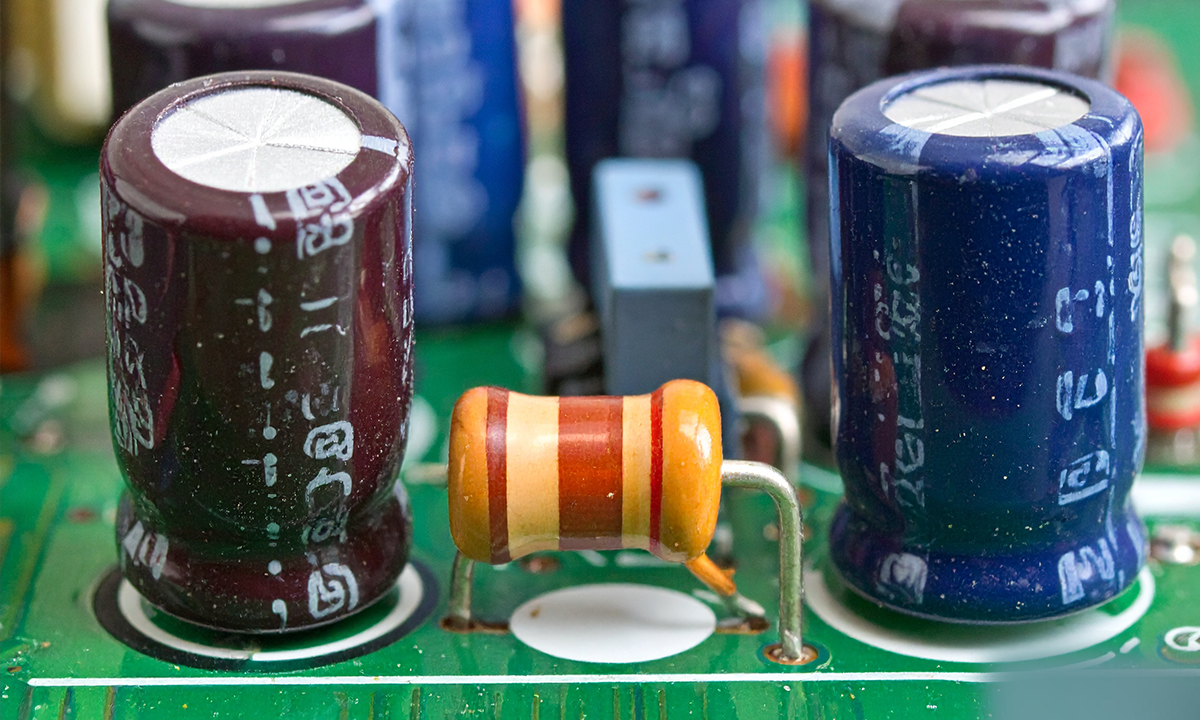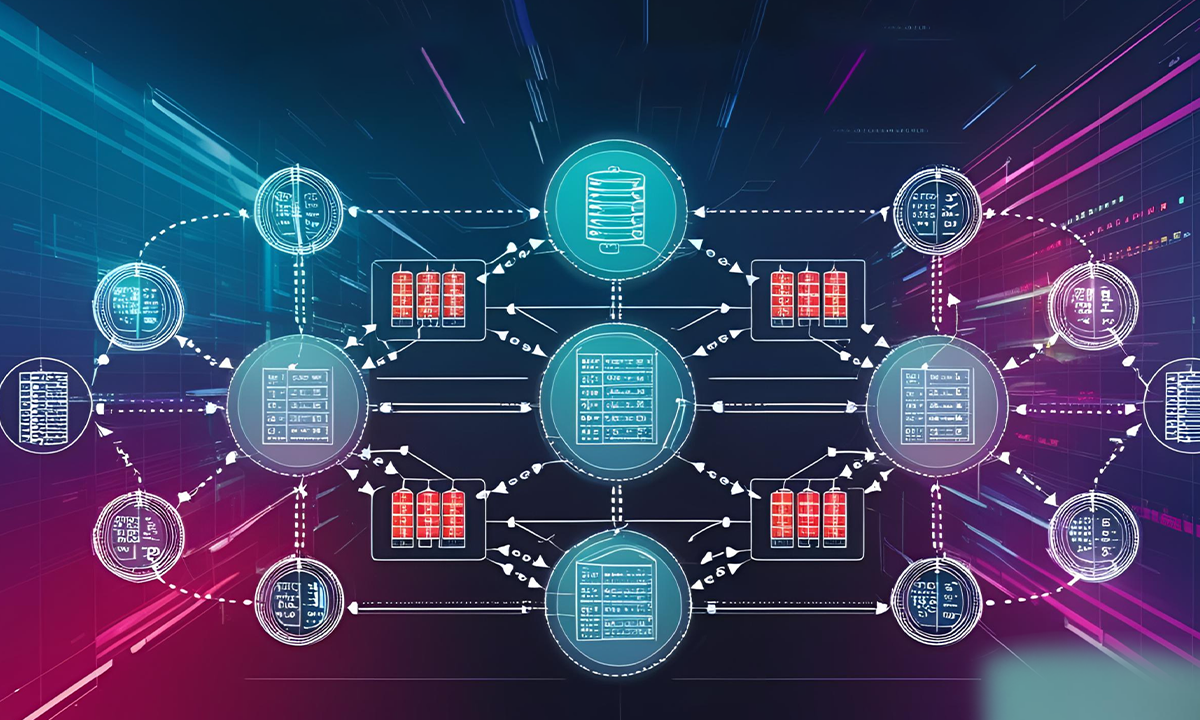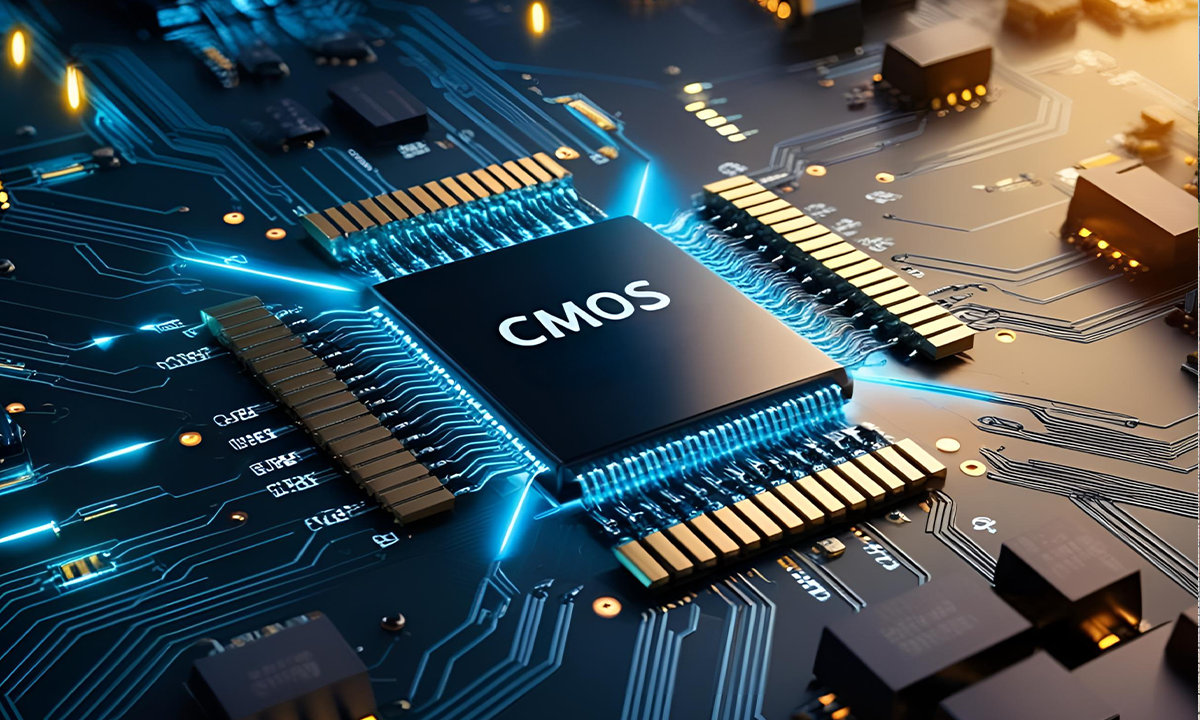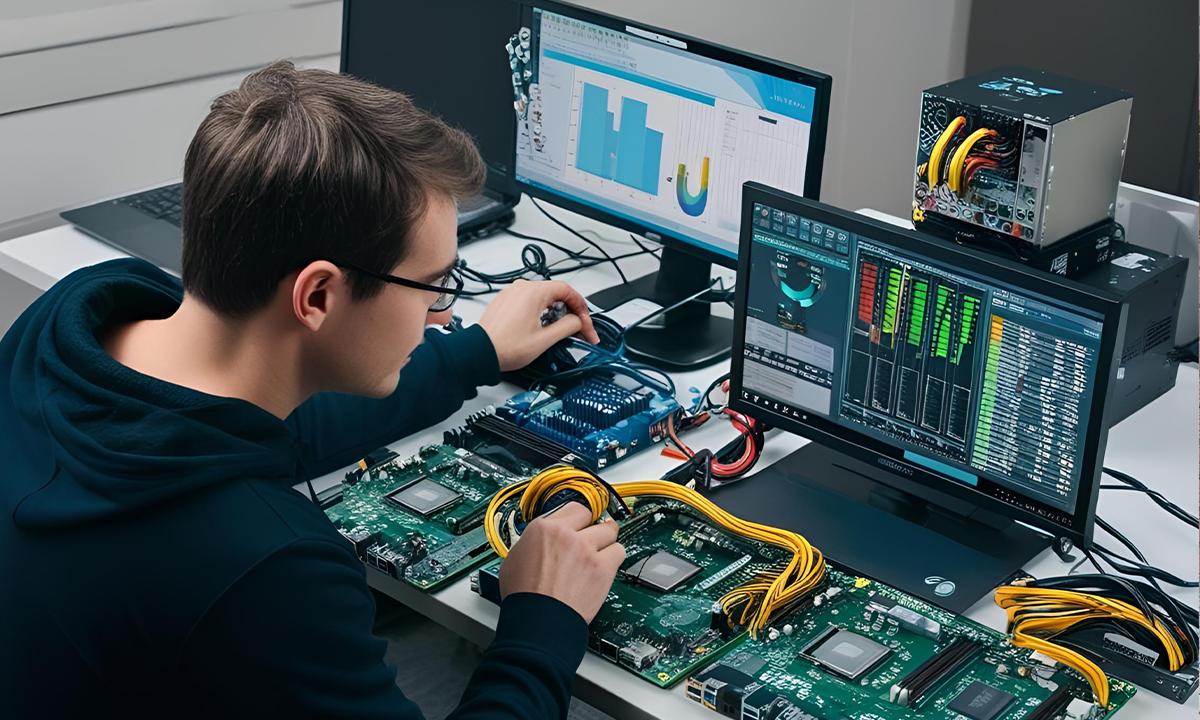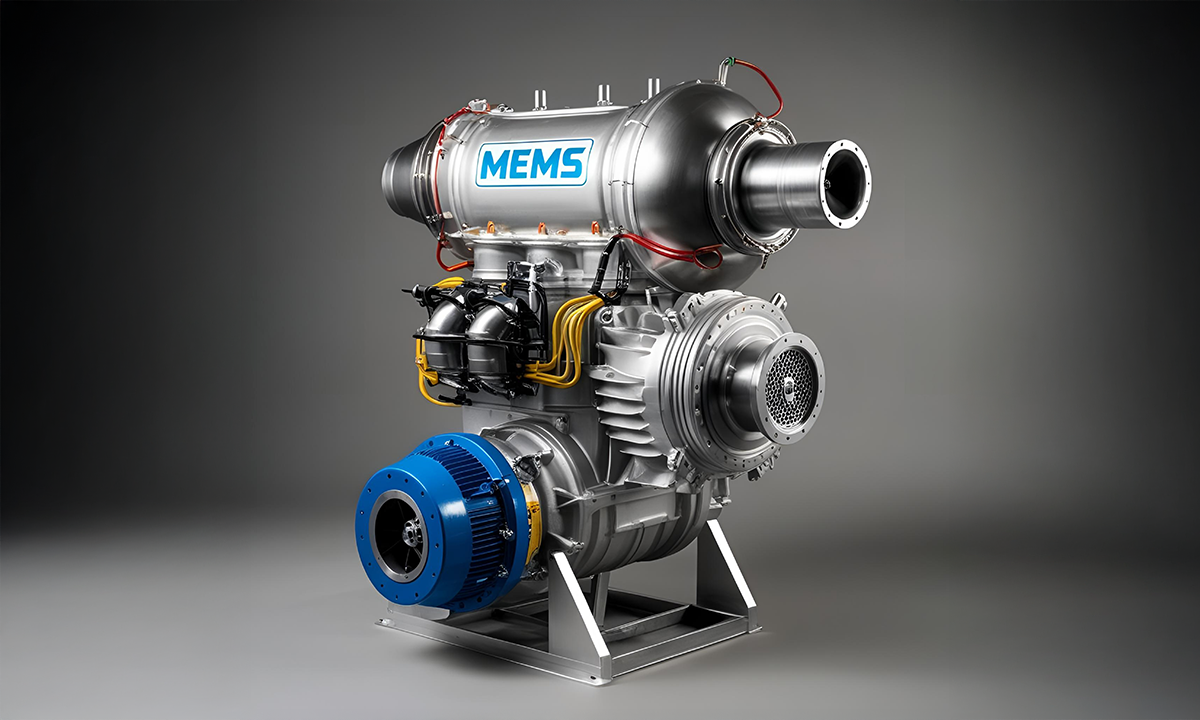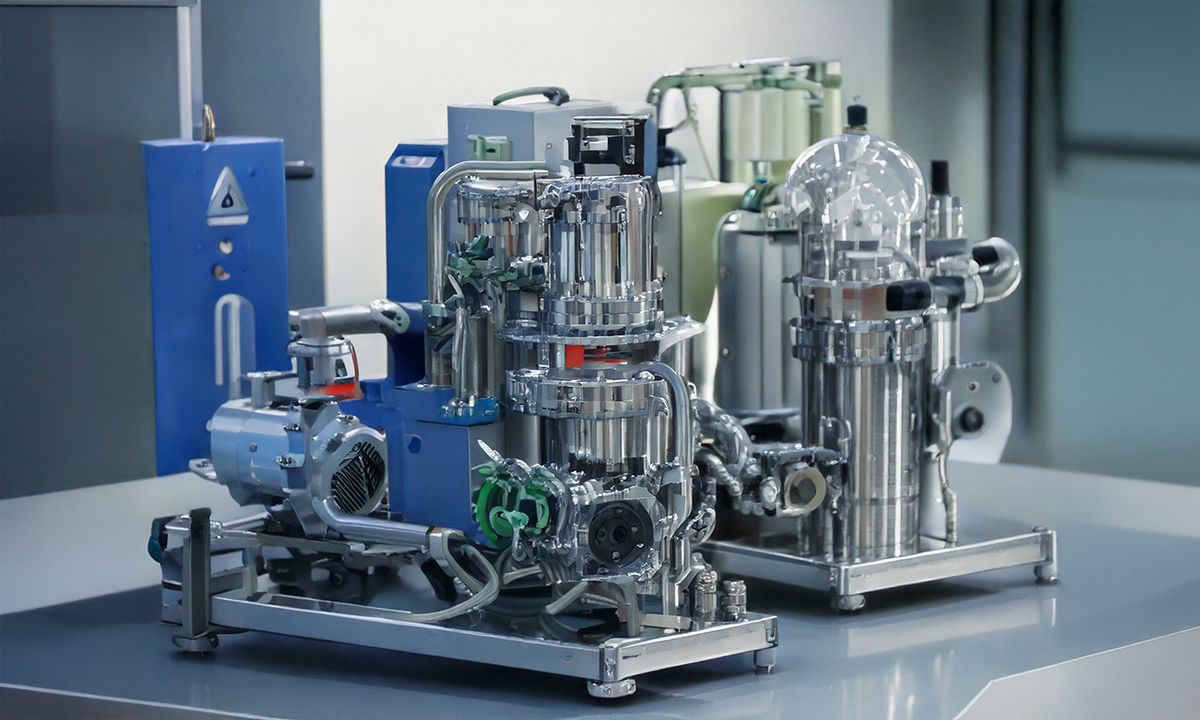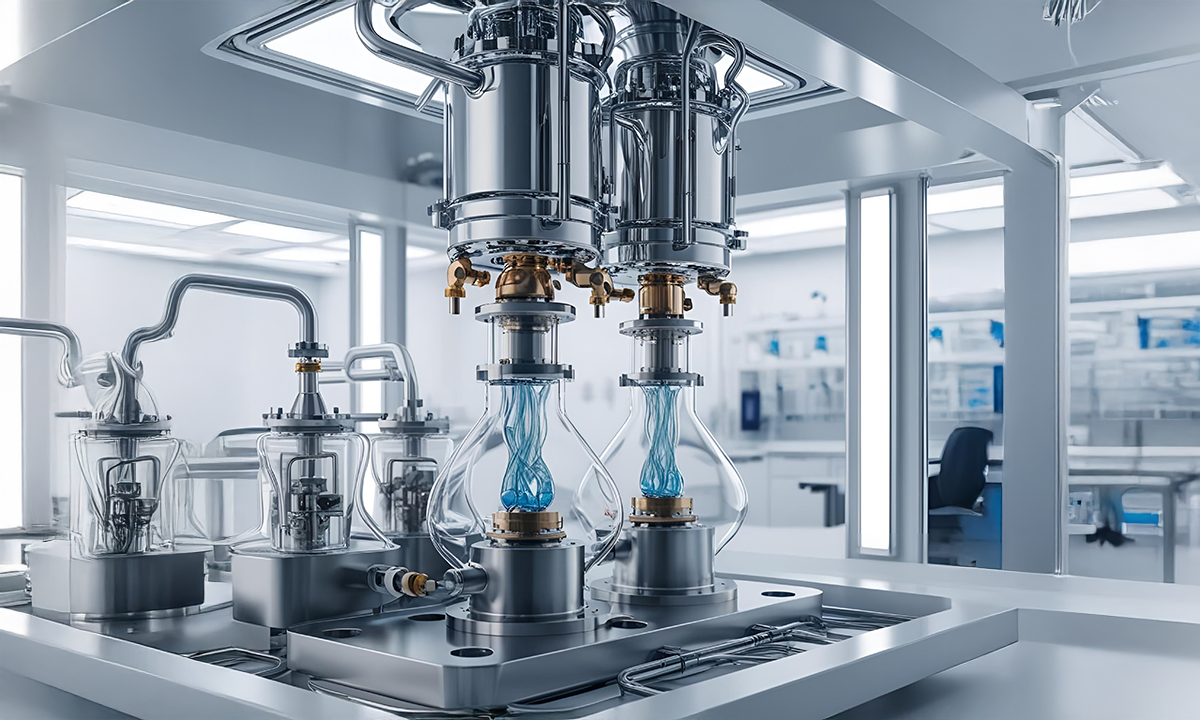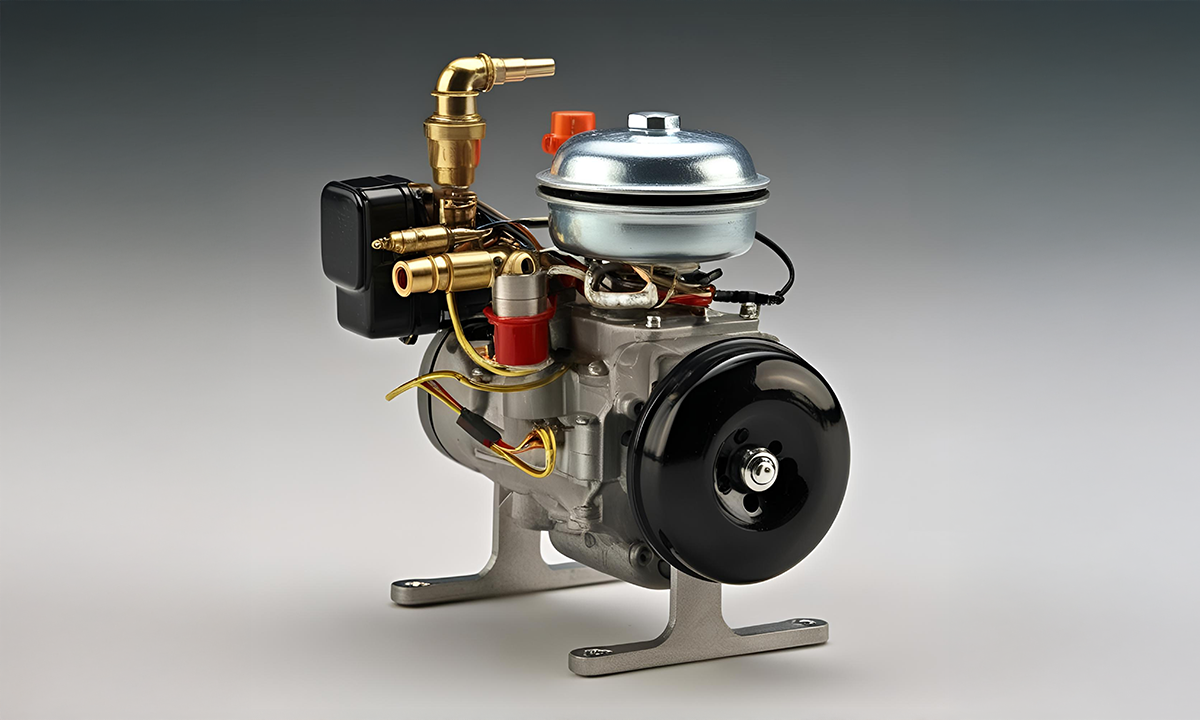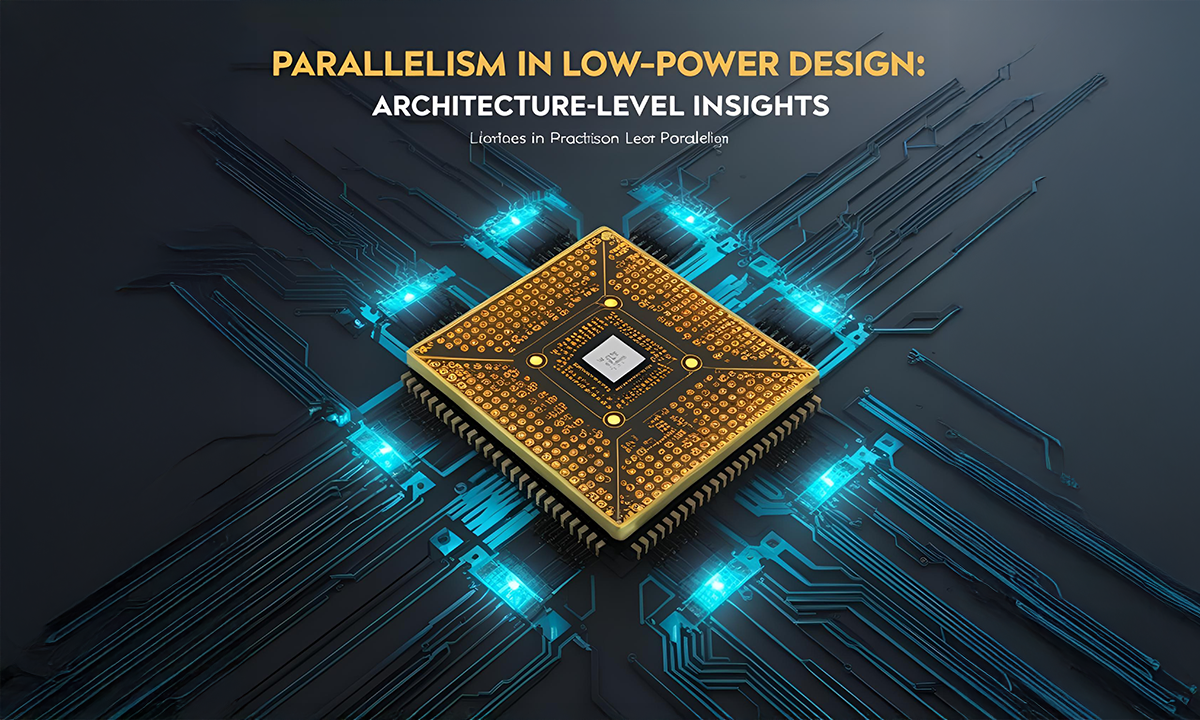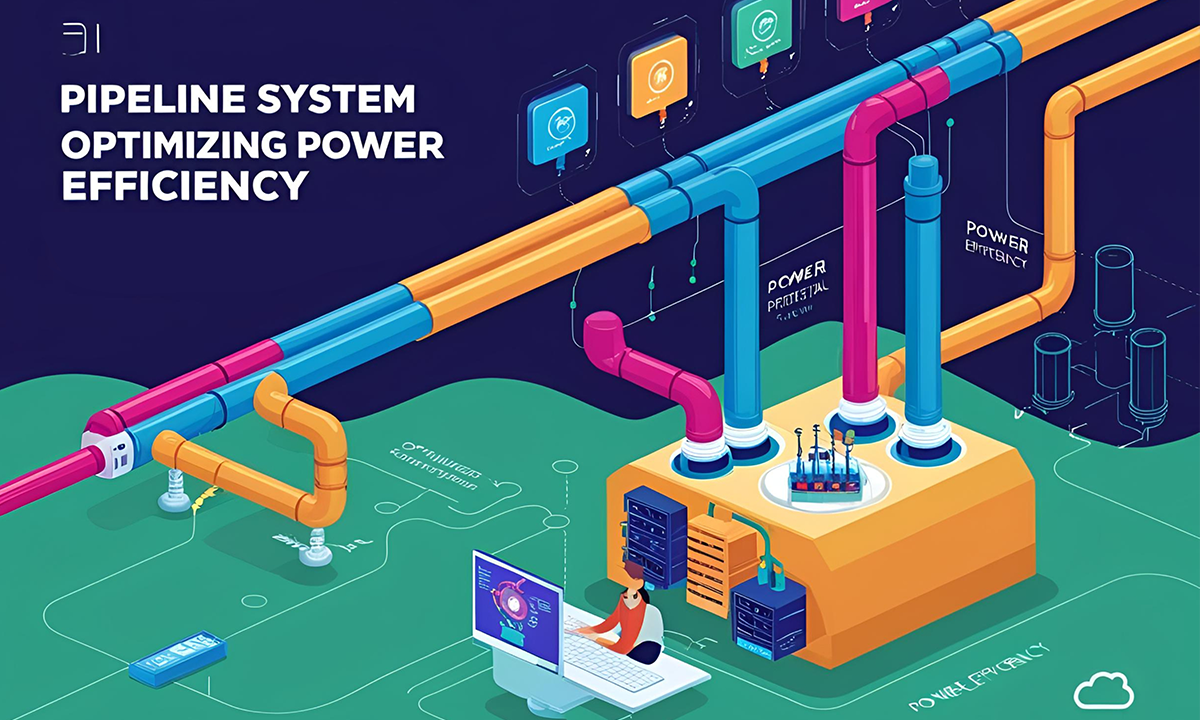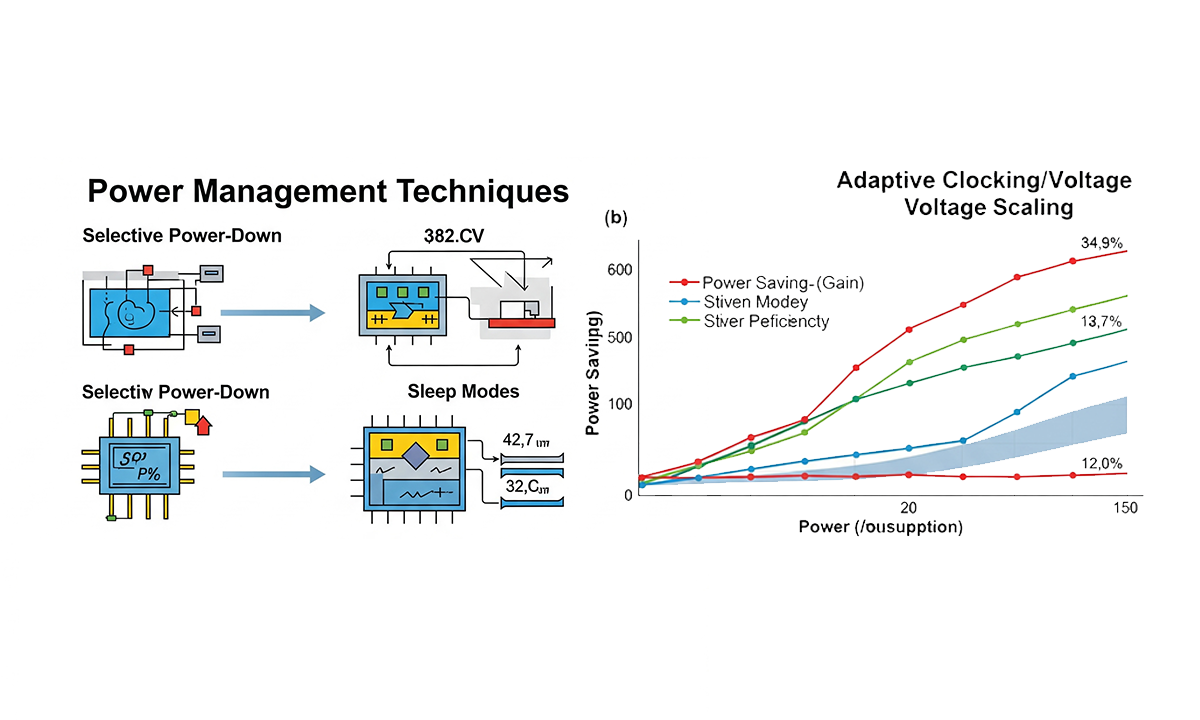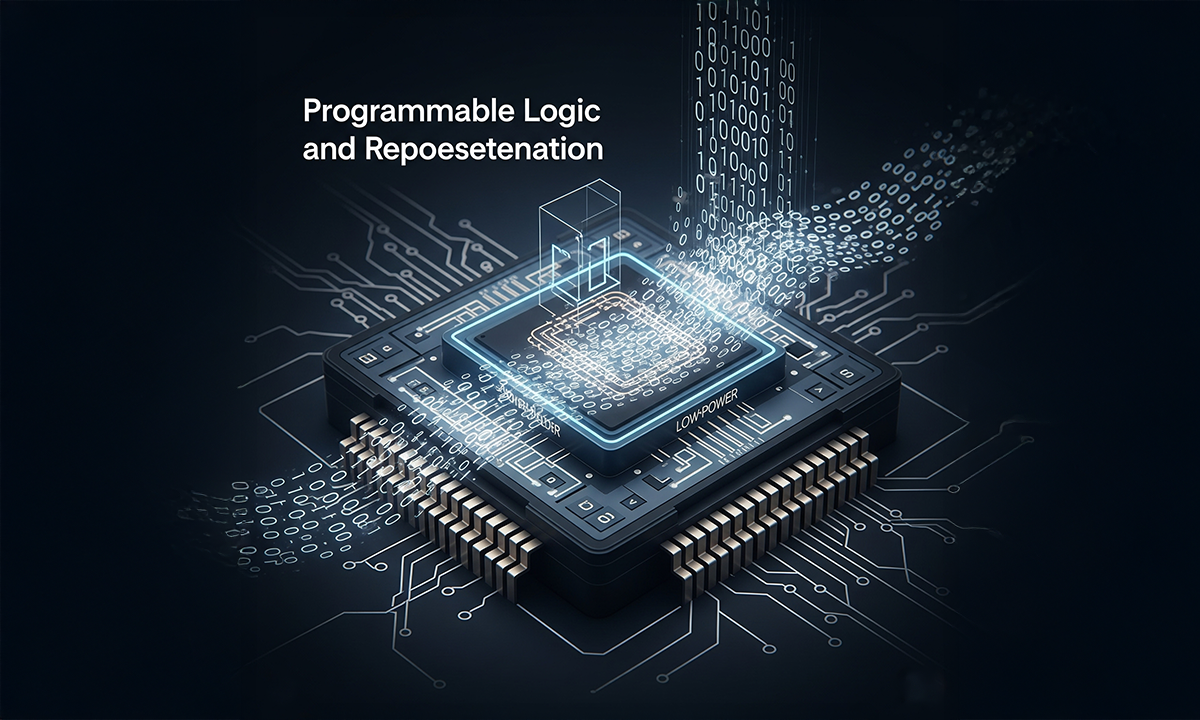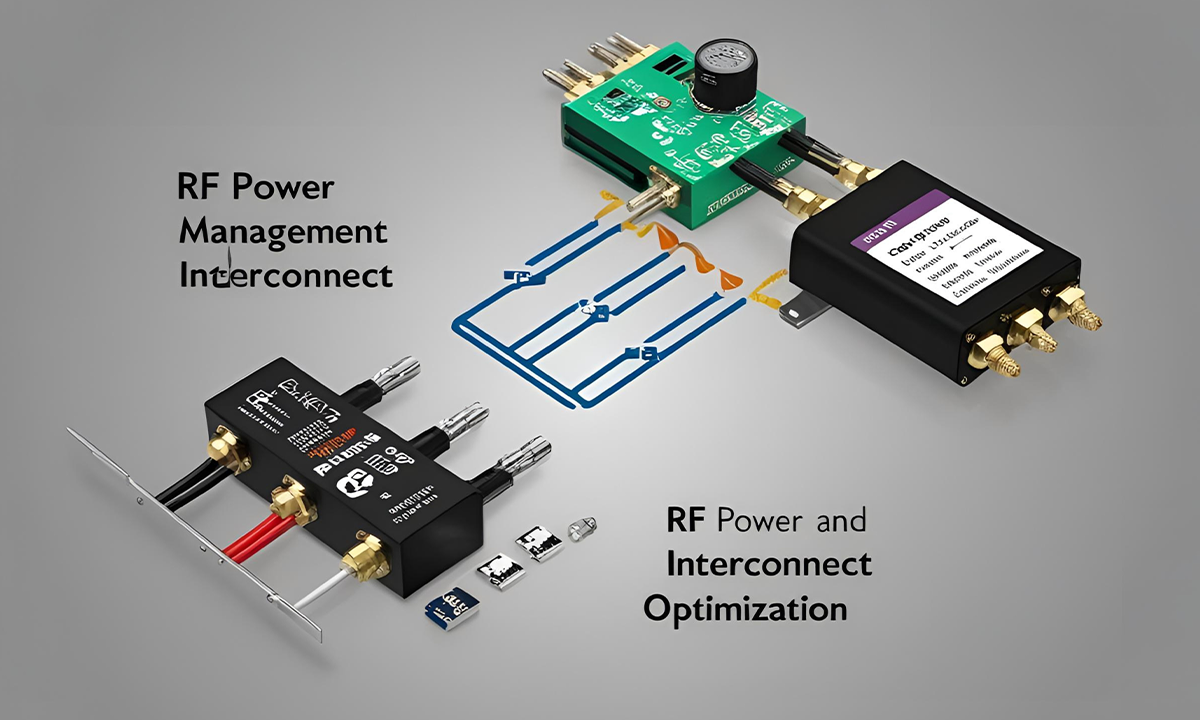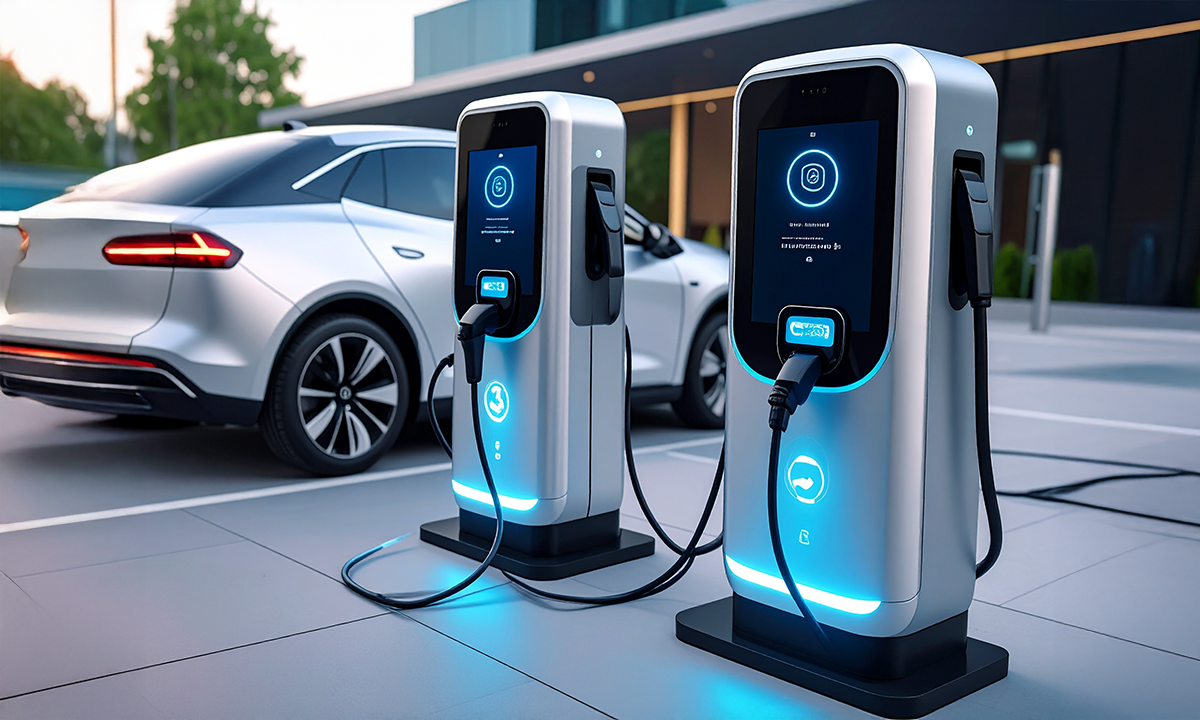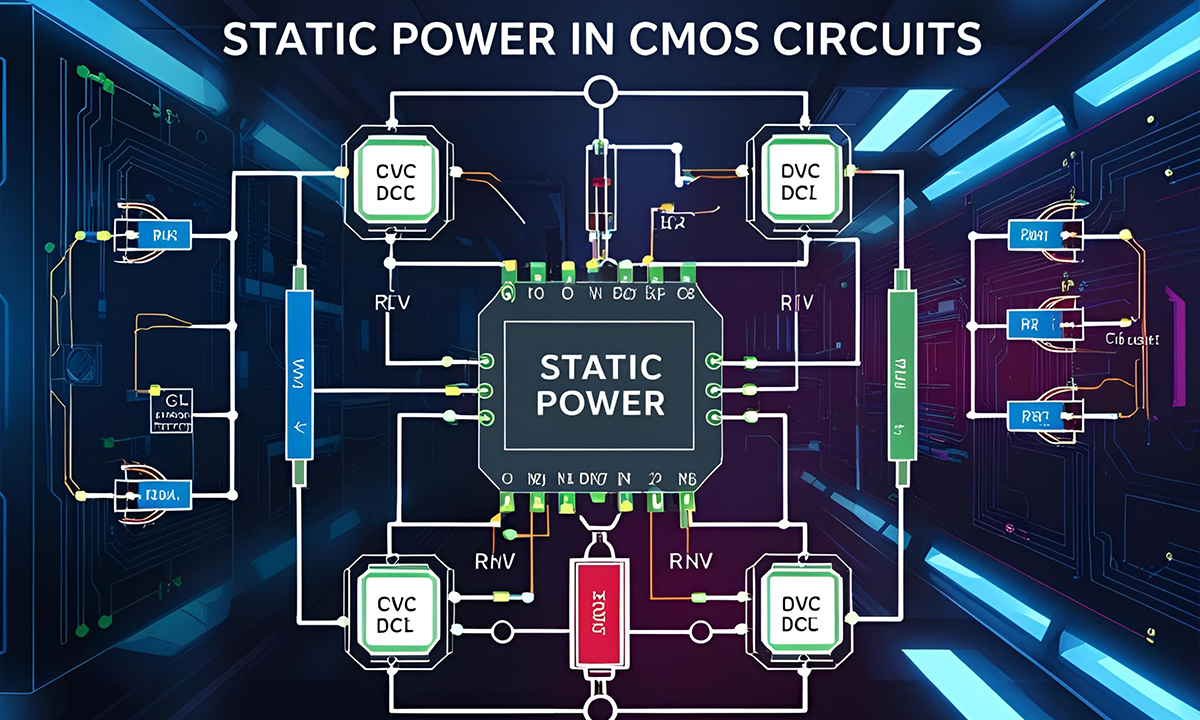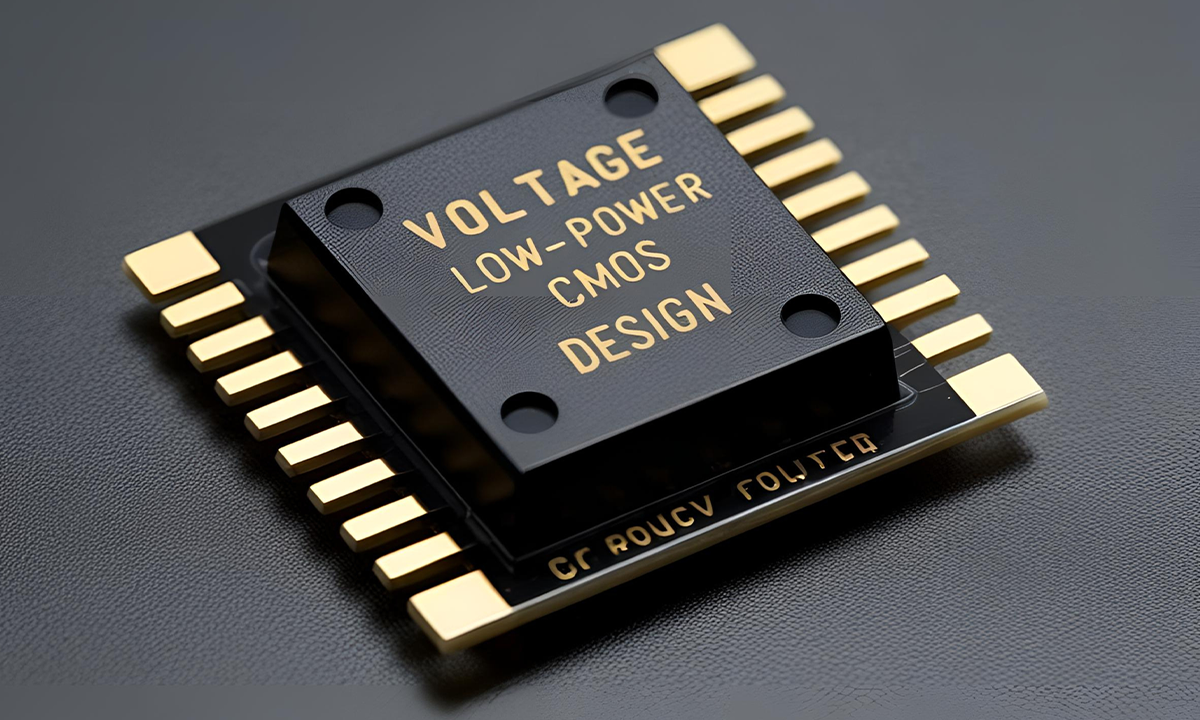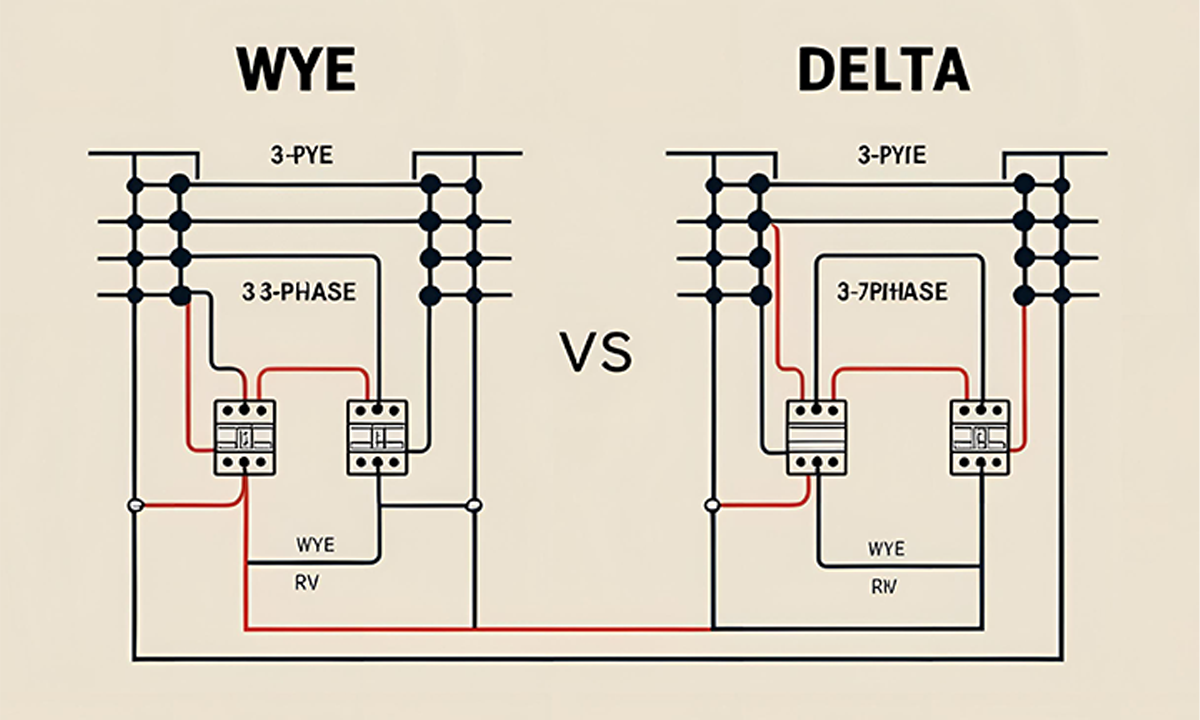Electronics
About Tesla
Nikola Tesla was a pioneer in the field of electronics, envisioning a world where electrical power could flow effortlessly and efficiently across vast distances. His groundbreaking work with alternating current (AC) systems and electromagnetic fields helped lay the foundation for modern electronics. Tesla’s innovations, such as the development of the Tesla coil, revolutionized our understanding of electrical circuits, resonance, and signal transmission—key principles that continue to underpin the design of everything from radio to modern-day consumer electronics.
Tesla’s exploration of high-voltage, high-frequency currents opened new possibilities for the electronic devices that are now integral to our daily lives. Today, Tesla’s visionary contributions resonate in the evolution of smartphones, wireless networks, and even emerging fields like quantum computing, proving his lasting impact on the development of electronics.
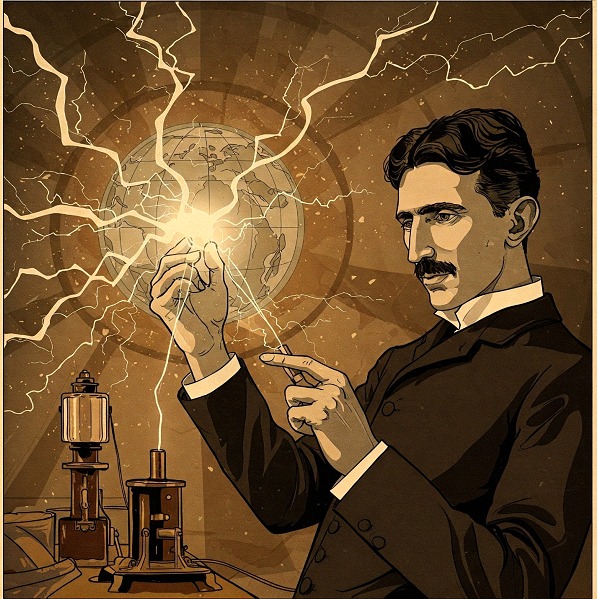

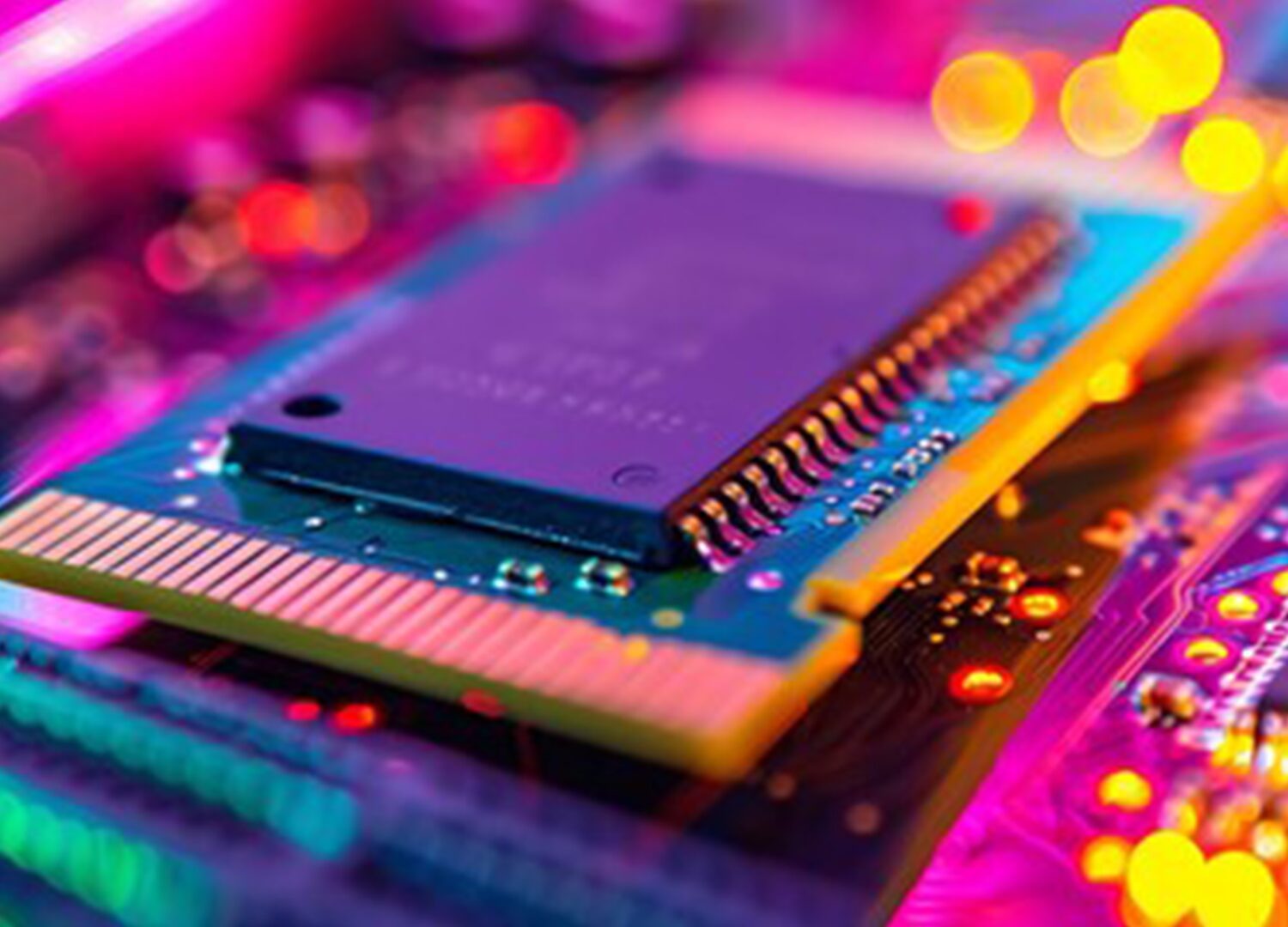
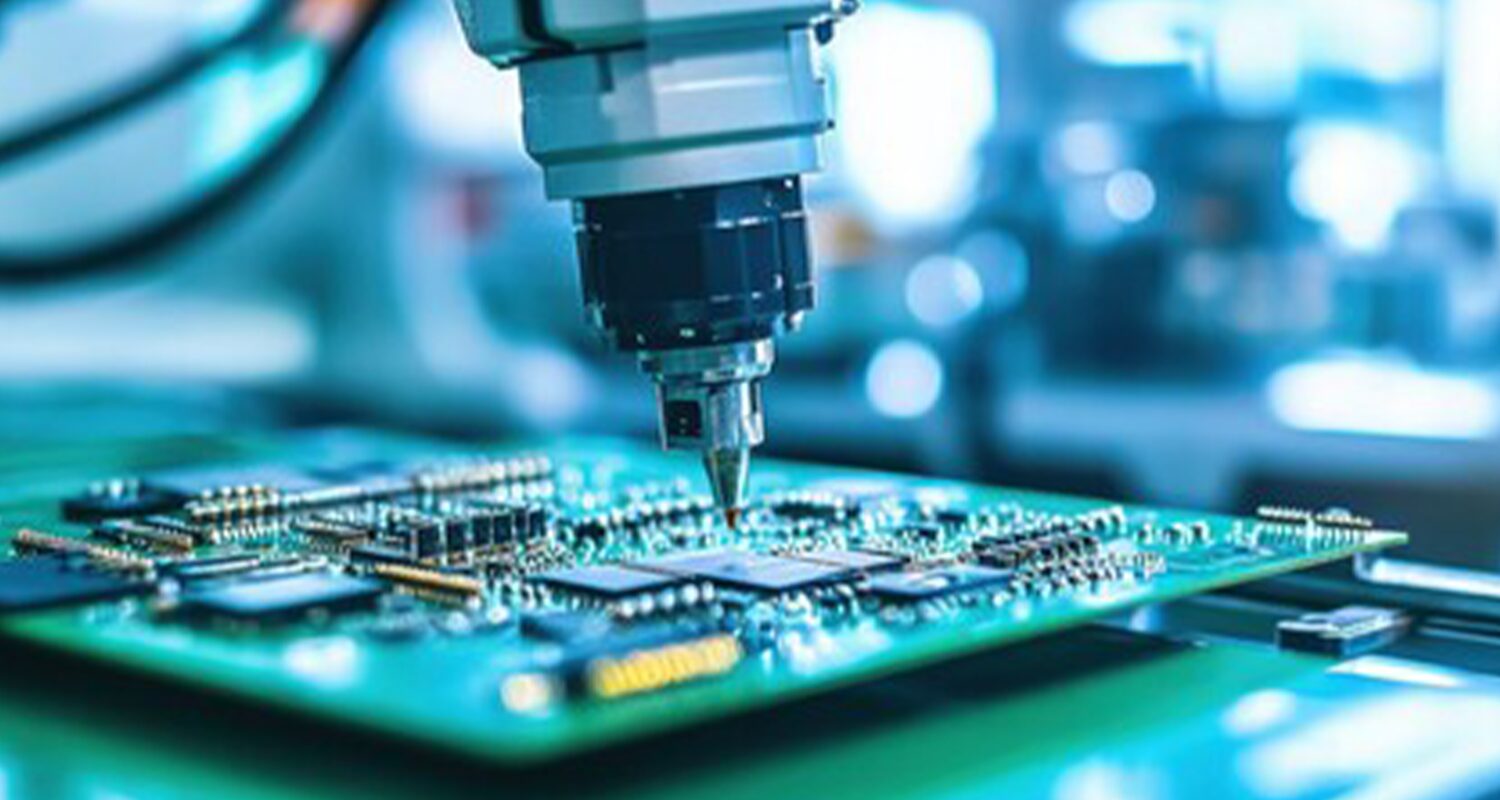
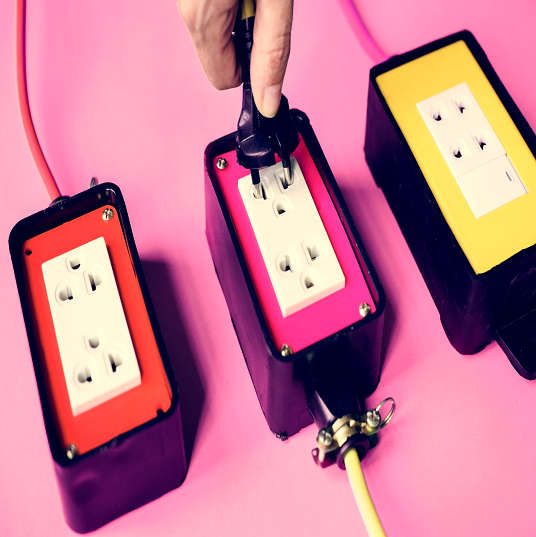
Empowering Innovators for Generations to Come
Nikola Tesla was a foundational figure in the development of modern electronics. His groundbreaking work with alternating current (AC), high-frequency signals, and electromagnetic fields opened the door to a wide array of electronic technologies. Tesla’s invention of the Tesla coil, a high-voltage, high-frequency transformer, became a critical stepping stone in understanding wireless communication, radio transmission, and the behavior of electrical circuits—principles that are at the core of today’s electronic systems.
Tesla’s deep understanding of electrical resonance, impedance, and signal modulation allowed him to create experimental setups that pushed the boundaries of what was thought possible at the time. Many of the theories and components he pioneered—oscillators, amplifiers, tuned circuits—remain fundamental to everything from radio and television to smartphones and satellite systems. His bold exploration of electrical phenomena laid the conceptual framework for the electronics revolution of the 20th and 21st centuries, continuing to inspire engineers and inventors around the globe.
- Hands-on learning with real-world applications
- Courses designed by experts in cutting-edge fields
- Community-driven support for lifelong learners
- Future-focused content built on Tesla’s visionary spirit
Join us—and spark the future of innovation.
WHY CHOOSE US
We’ve created resources to help you learn more about electronics
01
To understand electrical systems in any setting, it’s essential to grasp the basic concepts of voltage, current, resistance, and power. This article walks through these foundational terms and relationships to help readers develop a clear understanding of electricity and how it delivers energy to the devices and systems we rely on every day.
02
Electric power systems are not one-size-fits-all. The type of electrical current delivered to homes, businesses, and industrial facilities can differ significantly, depending on the demand for energy and the design of the infrastructure. Two of the most important configurations in AC (alternating current) power systems are single-phase and three-phase systems.
03
While most power-saving techniques focus on hardware design, one of the most impactful—yet least explored—strategies occurs at the algorithm level. The way software and computations are written can directly shape how much power a system consumes.
04
The difference between apparent power and actual (real) power has major implications for energy efficiency, equipment selection, circuit design, and cost management.
05
This article provides a detailed guide to understanding how to calculate electrical load capacity and power ratings for various circuits and equipment types, covering both single-phase and three-phase systems.
06
Tesla’s work in electrical circuits and the way energy flows through them bears striking parallels to the way neural networks process and transfer information in AI systems.
07
After reducing supply voltage, where do power-conscious designers look next? The answer lies in capacitance and switching activity—two major contributors to dynamic power. In CMOS circuits, dynamic power is consumed whenever a node switches states, and the amount of energy used in each transition is directly proportional to the capacitance being charged or discharged.
08
Did you know that a capacitor can discharge its stored energy in less than a second—fast enough to power a vehicle’s acceleration or support a burst-mode communication system? Capacitors store energy in an electrostatic field rather than through chemical reactions like batteries
09
In system architecture, two primary approaches exist for executing computational tasks: concurrent architectures and time-multiplexed architectures. Each has its own tradeoffs in terms of performance, energy consumption, and design complexity.
10
Every watt of power consumed by equipment ultimately becomes heat, which must be effectively dissipated to prevent overheating, equipment failure, or performance degradation. Whether planning a single equipment rack or an entire facility, understanding cooling requirements and how to calculate British Thermal Units (BTUs) is essential for maintaining safe and optimal operating conditions.
11
Ever notice how your device heats up only when it’s working hard? That’s dynamic power in action. Unlike static power, which leaks slowly when nothing is happening, dynamic power is consumed when a CMOS circuit is actively switching—processing data, moving bits, and performing logic operations.
12
This article introduces key DPM strategies, from power state modeling to dynamic voltage scaling, and how real-time systems benefit from these adaptive techniques.
13
When it comes to optimizing energy use, some of the smartest moves happen long before any runtime logic kicks in. That’s the power of Instruction- and System-Level Static Power Management (SPM)—techniques that evaluate energy consumption before a system is operational, using instruction behavior and system models to build more efficient architectures.
14
Can a power plant the size of a sugar cube generate enough energy for your devices? Welcome to the world of MEMS-based micro-scale combustion engines—specifically gas turbines and rotary engines—developed for ultra-compact, efficient power generation. These tiny engines are built using Micro-Electro-Mechanical Systems (MEMS) fabrication methods, enabling incredibly small and precise components.
15
Meso-scale catalytic combustors are compact combustion systems designed for efficient energy generation in small volumes. These devices are particularly valuable in emerging technologies such as Micro-Electromechanical Systems (MEMS), small-scale generators, and portable power units. Unlike traditional combustion systems, meso-scale combustors often operate without open flames, relying instead on catalytic reactions to break down fuels cleanly and efficiently at low equivalence ratios.
16
Micro-combustors and chemical reactors are small-scale power sources being developed to work alongside thermoelectric and piezoelectric materials, or to act as fuel reformers for micro fuel cells. These devices are often no larger than a few millimeters, and while they currently offer low efficiency, they provide a promising solution for ultra-portable, low-maintenance power generation.
17
Microturbine generators are compact, high-speed energy systems that can produce between 25 kW and 500 kW of power. Originally developed from turbocharger and auxiliary power unit (APU) technologies used in trucks and aircraft, microturbines have become a versatile energy solution for backup power, cogeneration, and off-grid applications.
18
Miniature Internal Combustion Engines (MICE) are being developed as compact, high-energy-density power sources for small-scale applications. These engines operate without the rotating components of traditional engines—no crankshaft, rod, or bearings. Instead, they rely on linear piston motion paired with a spring and alternator to produce electricity in a compact, highly efficient package.
19
As the demand for energy-efficient digital systems continues to grow, low-power architecture design plays a pivotal role in shaping the overall power profile of a system. One of the most promising strategies at this level is the use of hardware parallelism—duplicating functional units to reduce voltage and frequency while maintaining throughput.
20
Power consumption is a critical factor in modern electronic system design, especially for battery-powered and embedded systems. One of the most effective strategies to reduce power usage is partitioning, a method that enhances locality in system architecture.
21
Pipelining is a fundamental architectural technique used to increase throughput and improve energy efficiency in digital systems. When paired with voltage scaling, pipelining supports significant power reductions without sacrificing system performance.
22
Power consumed by a system but not used for any functional purpose is classified as wasted energy. Historically, this inefficiency was often overlooked. However, in modern system design, power management is a critical consideration, particularly for portable and embedded systems where battery life and thermal performance are at a premium.
23
In the design of energy-efficient electronics, programmability and data representation choices are critical yet often overlooked tools. The decision between using dedicated hardware versus programmable components—and how data is represented and processed—can significantly influence power consumption.
24
Modern wireless communication devices, especially mobile handsets, face intense pressure to deliver both high performance and long battery life. One of the most power-intensive components of these systems is the RF (Radio Frequency) section—particularly the transmit power amplifier and supporting analog/digital circuits.
25
Did you know that charging your battery the wrong way can actually shorten its life? Smart chargers are designed to do more than just deliver electricity—they manage the charging process based on battery chemistry, health, temperature, and voltage to optimize performance and lifespan.
26
This is the world of static power consumption in digital electronics, specifically in CMOS (Complementary Metal-Oxide-Semiconductor) circuits. Static power is the energy used when a device is not actively switching states, and while it’s often small compared to dynamic power, it becomes increasingly significant in ultra-low-power systems and miniaturized electronics.
27
Looking to cut your energy use by 75% with a single adjustment? Voltage reduction is the most powerful and direct method of lowering power consumption in CMOS circuits
28
When working with three-phase power systems, one of the most important design choices is how the system is wired—Wye or Delta. These two configurations define how conductors are connected in a circuit and play a critical role in determining voltage, phase balance, and equipment compatibility.


